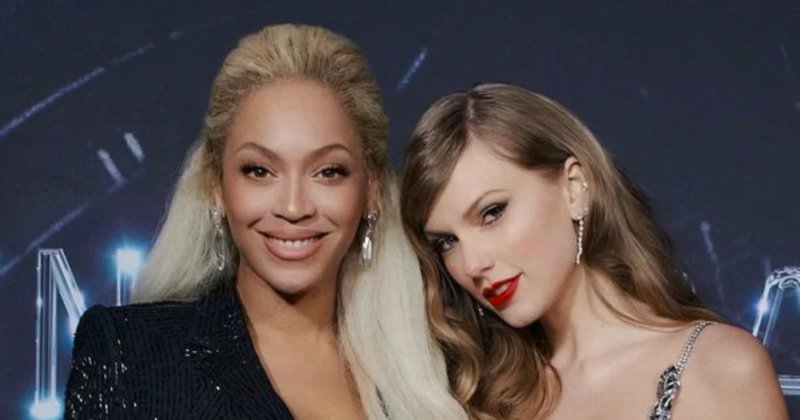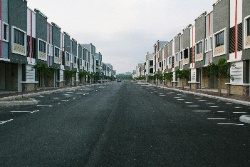Environment Court Endorses Moana Rāhui Tapu Led By Ngā Hapu
The late Puke Haika of Te Uri o Hikihiki stated a decade ago that if we don’t act now, moana life will be “lost and forgotten like the moa. People won’t know what was there before.”
The challenge to turn things around was taken up by kaumātua of Te Rawhiti and Te Uri o Hikihiki who have worked with community groups to secure a ten-year break from fishing in three areas and recently won an Environment Court case.
While final details are still before the Court, evidence that wove mātauranga Māori, western science, planning and economic considerations together has resulted in new rules within the Northland Regional Plan that will enable two rāhui tapu to be established.
A rāhui outlines a boundary. The tapu is the restrictions that are to be observed within that boundary. The two rāhui tapu areas will be:
- Rākaumangamanga rāhui tapu extending 6 km2 from Maunganui Bay/Deep Water Cove to Oke Bay within the Bay of Islands
- Mimiwhangata rāhui tapu will cover 46 km2 around the Mimiwhangata peninsula
There will be no fishing, recreational or commercial, allowed inside these areas. However, Ministry of Fisheries customary fishing rules will apply.
A ban on bottom trawling and purse seine netting will span from Maunganui Bay, around Motukōkako and Rākaumangamanga/Cape Brett to near Te Akau/Elliotts Beach, all out to 100m deep.
Ngāti Kuta kaumātua Matu Clendon says, “Decade after decade we saw the mauri of the moana literally disappear. Overfishing of the large koura and snapper, and a lot more besides, has meant the reefs are now an empty shell of bare rocks and kina compared to what they once were. We don’t want to pass this on to the next generation. We know recovery is possible when the fishing pressure is taken off. Our aim is to provide safety for the breeding grounds to recover, the seaweed forests and work-ups to come back, for the mauri o Tangaroa to return in these areas, as once was”.
Hepi Haika, a kaumātua of Te Uri o Hikihiki says, “It has been an intergenerational dream laid down by the late Houpeke Piripi to give the moana a real break around Mimiwhangata. The recovery of these very special areas will start as soon as we stop taking from them. We aspire to see Mimiwhangata return to former glory and year by year will become an impressive area full of life for snorkelling and diving."
Heavy commercial overfishing ran through the 1960s and 70s. Once fished down, the overfishing was sustained by recreational fishers who have come in greater numbers, particularly over summer during the fish breeding season, with more sophisticated fishing boats and gear.
In the 1990s Hopeke Piripi gathered together a taumata of kaumātua who held the mātauranga of the rohe moana of ngā hapū named "Te Au o Morunga" (the current on the horizon), tracing the whakapapa of their mātauranga back along the offshore currents of the Pacific to Hawaiki.
The outcome of the Environment Court case is the duty of care for significant biodiversity and to bring back an abundance of sea life that was proven to be severely impacted by fishing. This marks important changes for three important areas within the rohe moana of Ngāti Kuta and Te Uri o Hikihiki.


 Gordon Campbell: On unemployment, Winston Peters’ low boiling point and music criticism
Gordon Campbell: On unemployment, Winston Peters’ low boiling point and music criticism ACT New Zealand: Investment In Prisons Delivers On ACT Commitment
ACT New Zealand: Investment In Prisons Delivers On ACT Commitment Labour Party: National Gaslights Women Fighting For Equal Pay
Labour Party: National Gaslights Women Fighting For Equal Pay The Treasury: New Treasury Paper On The Productivity Slowdown
The Treasury: New Treasury Paper On The Productivity Slowdown NZ Government: Government Recommits To Equal Pay
NZ Government: Government Recommits To Equal Pay Emily Ireland - Local Democracy Reporter: Deputy Mayor ‘disgusted’ By Response To Georgina Beyer Sculpture
Emily Ireland - Local Democracy Reporter: Deputy Mayor ‘disgusted’ By Response To Georgina Beyer Sculpture Te Pāti Māori: Māori Unemployment Rate Increases By More Than Four-Times National Rates
Te Pāti Māori: Māori Unemployment Rate Increases By More Than Four-Times National Rates


